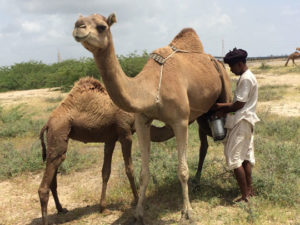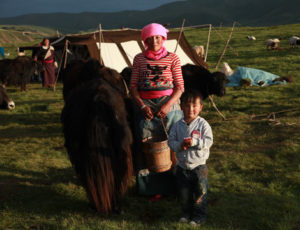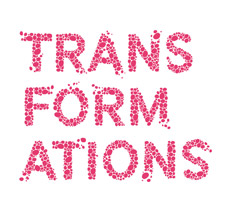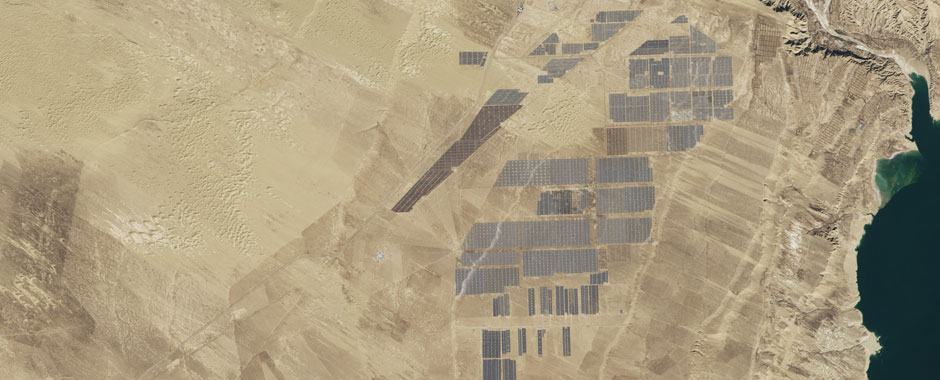by Sam Geall, Wei Shen, Lyla Mehta and Peter Newell
This is one in a series of four blog posts exploring ideas and case studies on ‘transformations’, drawing on research carried out in 2017 and looking forward to the STEPS Centre’s work in 2018. For background and links to the other posts, read the introduction.
In India it might be termed ‘green growth’; in China, “ecological civilisation”. Either way, political leaders today claim that we can find an alignment between developmental and green objectives – helping the poor and restoring the environment – in a new society that avoids the ‘pollute first, clean up later’ model of development.
But a number of differences present themselves in the proposed requirements for such a new model. For one thing: should the economics of such initiatives be primarily state- or market-led?
STEPS research has looked at this question through case studies in two desert regions, both with long pastoralist traditions and rapid processes of change today. On the western coast of India, we found (see “The Social Life of Mangroves”) public-private-partnerships and marketised models for conservation, aimed at preserving the threatened mangrove ecosystems of the Kutch region, while local processes of industrialisation intensified. In northwest China, we studied a state-led, developmental approach to the deployment of solar photovoltaic (PV) energy for poverty alleviation, in Qinghai province. On the surface, at least, these appear to be quite different approaches to the green economy.
In practice, however, they are both hybrid models. Here, as elsewhere, state involvement pervades market-led processes, and firms play important roles in purportedly government-led initiatives. Moreover, both approaches create dispossession and inequality, whether in the service of private capital, in an Indian coastal economic zone, or a state-led developmental or nation-building project, on the Tibetan Plateau.
Where a ‘bird’s eye’ view might see great differences, they look more similar from the ’toad’s eye’ perspective of pastoralists. To determine the likely winners or losers in either model, then, one needs to look more closely, not at states or markets, but on the experiences and agency of the poor and the political economy of knowledge and valuation. In both cases, expert knowledge and its framing plays an important role in determining the outcomes for the poor.
Seeing like a pastoralist

In Kutch, fishers and camel herders appear caught between two processes: marketised conservation efforts that value mangrove ecosystems as resources to be traded, or encroachment and dispossession by industry in the context of neoliberal state economic policy. In both cases, this marginal land is seen as unproductive, from neither perspective are the mangroves’ importance for fishing and livestock feed highly valued. One scientist interviewed for the study, for example, said that pastoralists “are the biggest threat to the mangroves… through active grazing and their unscientific ideas.”

Similarly, desert landscapes in northwest China are viewed as resources for the collection and transport of solar energy, rather than productive for yak and sheep herding. Conservation is also generally aligned with dispossession, rather than preservation of pastoralist lifestyles, with herders presented as destroyers rather than guardians of the semi-arid ecosystem. Off-grid solar energy is used and valued by nomads, but government poverty alleviation policies tend towards grid-based and large-scale utility-grade solar energy generation for export to urbanised demand centres – and state policy encourages the settling of nomads (sedentarisation), justified as poverty alleviation but often perceived as oppression.
Beyond states vs markets
In both of these cases, the entity known as the state appears more fragmented and complex from the toad’s eye view. As our research on solar energy in Kenya also found, the “meshing of public and private actors, networks and finance” makes it more difficult to clearly compare the “failures, inefficiencies and comparative advantages of states and markets alike in enabling energy transitions.” Instead, we concluded, “hybrid networks bring businesses and state actors together around particular visions of how the energy system should be organised.”
Just as the state can be both protector and violator of rights, exposure to markets can be empowering or exclusionary. To determine whether an approach is pro-poor therefore requires less of a binary state-versus-market approach and greater attention to the networks of power, and dynamics of “care” and “control”, that move across both models. It also requires attention to the space for civil society alliances and agency – and here, the Indian political context was seen to provide greater potential opportunities.
Questions to challenge the ‘green economy’
In both cases, a way forward might be found in challenging the expert-driven valuation of resources and the ways these underpin and justify particular ‘green economy’ interventions. In other words: what are the ends and the framings of those valuations, and who do they serve? Who are experts producing knowledge for, and how does that knowledge shape development approaches? In the Kutch example, scientists played an important role in blaming the poor for environmental problems, aligned with the state and capital. Similar assumptions underpin interventions on the Tibetan Plateau.
Pro-poor perspectives on the political economy of green transformations, therefore, might instead prioritise engaging with those most vulnerable actors; challenging the framing and the valuation of resources by attention to local cultures and systems of belief; finding the fissures in local hybrid systems of power and money, rather than assuming a monolithic state or market process; and working with the grain to find alliances that might prove emancipatory.
In both China and Kutch, a toad’s eye perspective on power also exposed its fractures and vulnerabilities – and thus the potential for creating new alliances.
 Faced with a series of social and environmental stresses and shocks, there are urgent calls for radical, systemic change. But, as past and present experience show, this can take many forms. What does it take to make sustainability transformations emancipatory (caring), rather than repressive (controlling)?
Faced with a series of social and environmental stresses and shocks, there are urgent calls for radical, systemic change. But, as past and present experience show, this can take many forms. What does it take to make sustainability transformations emancipatory (caring), rather than repressive (controlling)?
Find out more about our theme for 2018 on our Transformations theme page.

Ability to work with the community and help them realize the need for conservation for guarding their own continuity of livelihood has – unfortunately – not been an approach in most contexts of green development in India or elsewhere. It might be a good to explore if such approach has been successful in other similar environs in India / South Asia, which might provide a way forward in ‘development’ aligned with conservation and sustainable use of local natural resources.